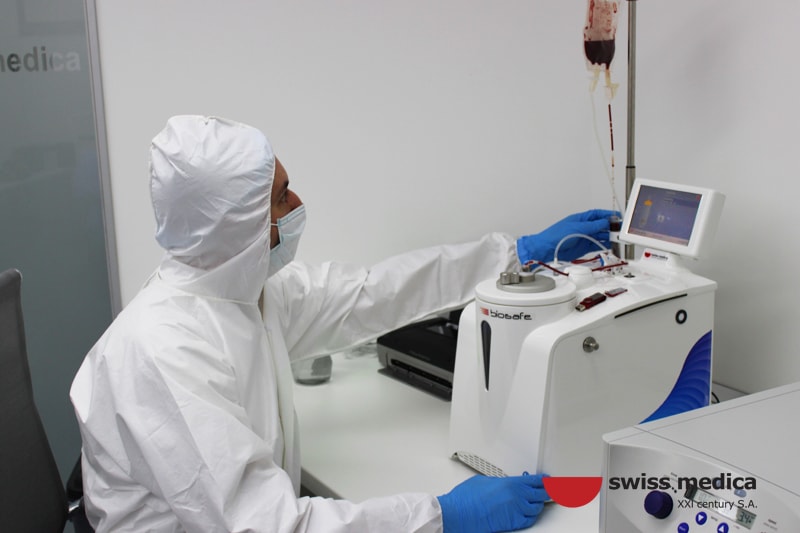

A bone marrow transplant allows a recipient whose bone marrow cells have been damaged by chemotherapy or disease to receive healthy bone marrow stem cells from a donor. Stem cell therapy has been around since the 1970s, when the first adult bone marrow cells were used to treat blood disease. What is stem cell therapy and what does it help treat? For these reasons, embryonic stem cells are the type of stem cells that generate the controversy most people associate with the topic. Harvested during an embryo’s blastocyst stage (about five or six days after an embryo has been fertilized in a lab), embryonic stem cells have the potential to become any type of cell (called pluripotent cells).

Unlike adult stem cells, embryonic stem cells have many more possibilities.
MS STEM CELL TREATMENT SKIN
The catch with adult stem cells is that they can’t become different types of cells (for example, blood stem cells can only become new blood cells, not skin or brain cells). Think of adult stem cells as a little army of cells that can regenerate themselves into new cells to maintain and repair the tissue or muscle where they’re found. These cells live in a variety of tissue in our bodies - including bone marrow, muscles, your brain, your intestines and more. The term “adult stem cells” is a little confusing because they’re actually found in infants, children and adults. “The way we achieve this is by using stem cells in large quantities, targeted to a certain area, that the body uses to promote healing.” Adult stem cellsĪdult stem cells are the only type of stem cells that are currently approved for medical use in the United States by the U.S. “Regenerative medicine is an emerging field that uses innovative treatments to help regenerate or heal cell function that’s lost due to aging, disease or injury,” Dr. What unifies them is their ability to regenerate into new cells.

In fact, there are many different types of stem cells, each of which has different responsibilities and abilities. While it’s true that Dolly was born of stem cells, her place in science history is just one of many advancements in the field. When most of us think of stem cells, we probably recall images of Dolly the cloned sheep. Policyīut what are stem cells? And, what’s all the fuss all about?ĭirector of the Center for Regenerative Medicine and Surgery, Amy Lightner, MD, shares the differences between stem cell types, how stem cells can be used and when to be cautious of claims that might be too good to be true. We do not endorse non-Cleveland Clinic products or services. Advertising on our site helps support our mission. Cleveland Clinic is a non-profit academic medical center.


 0 kommentar(er)
0 kommentar(er)
